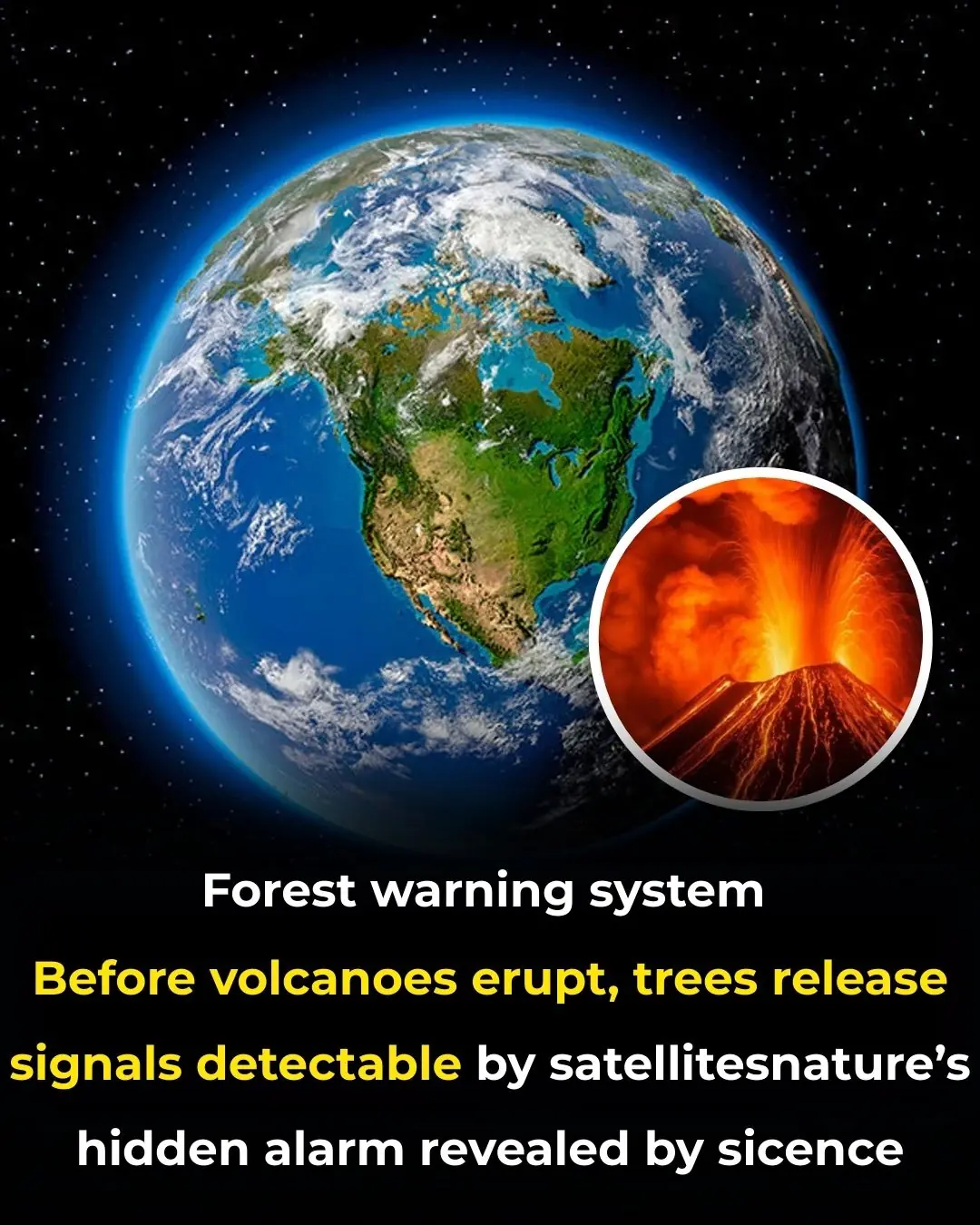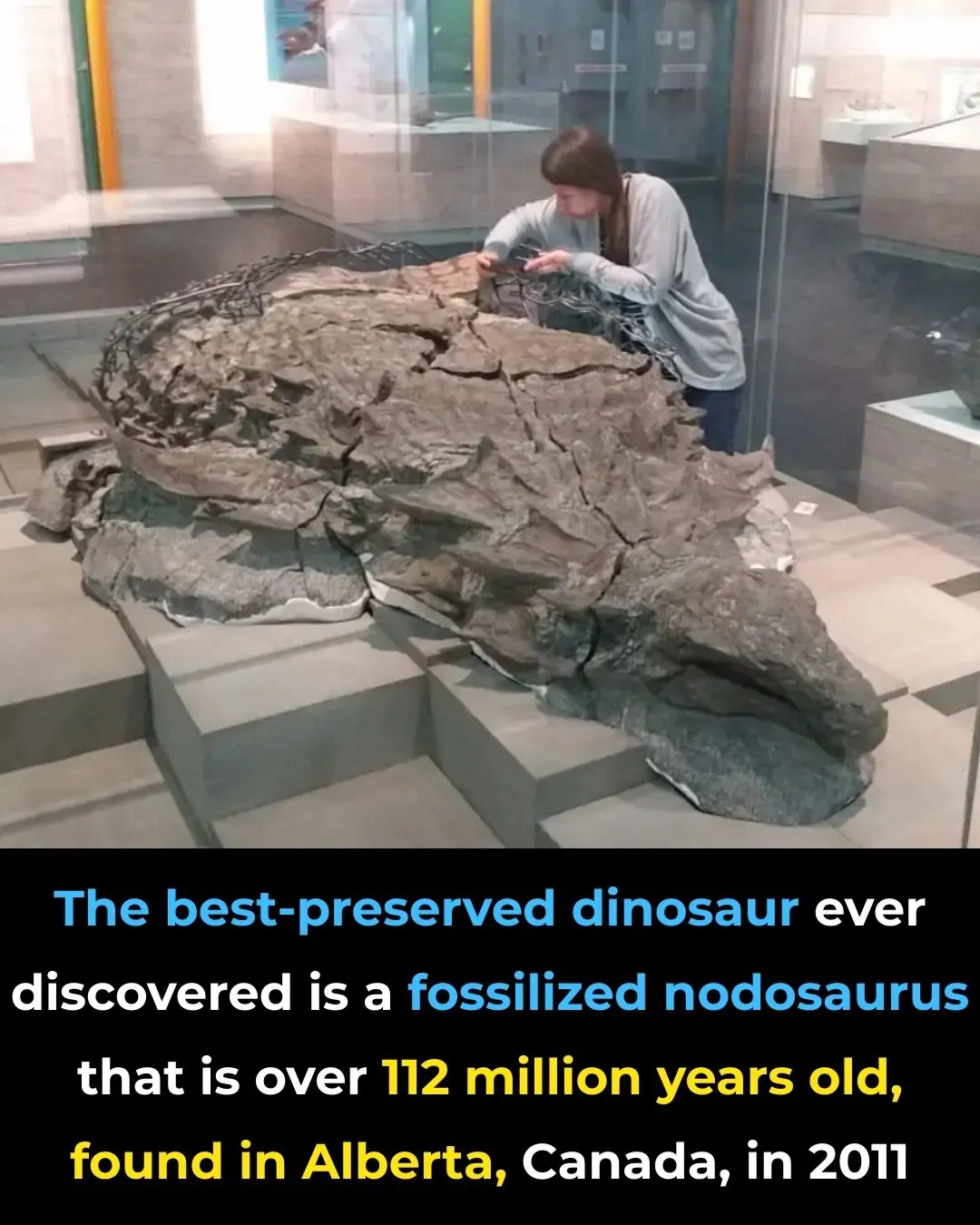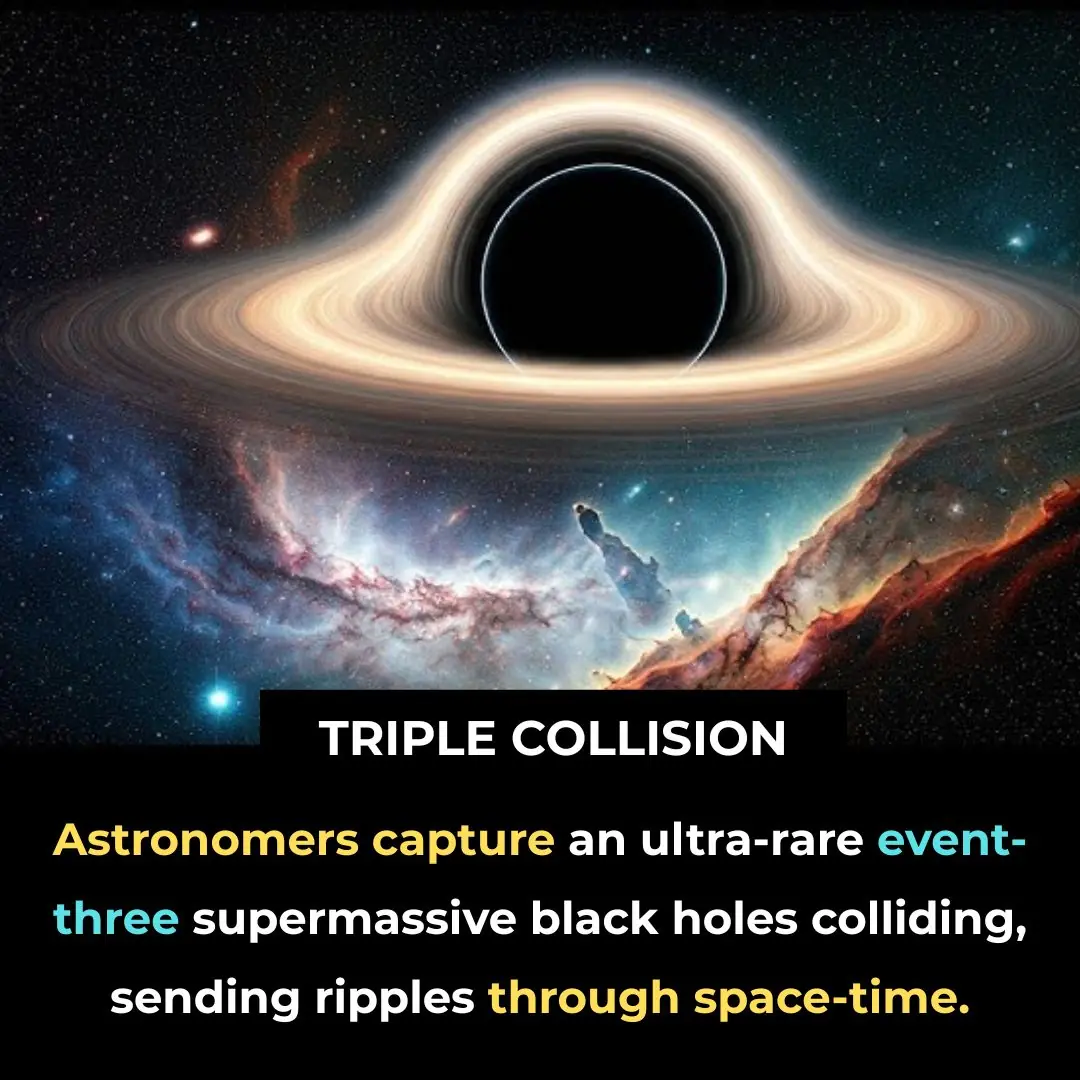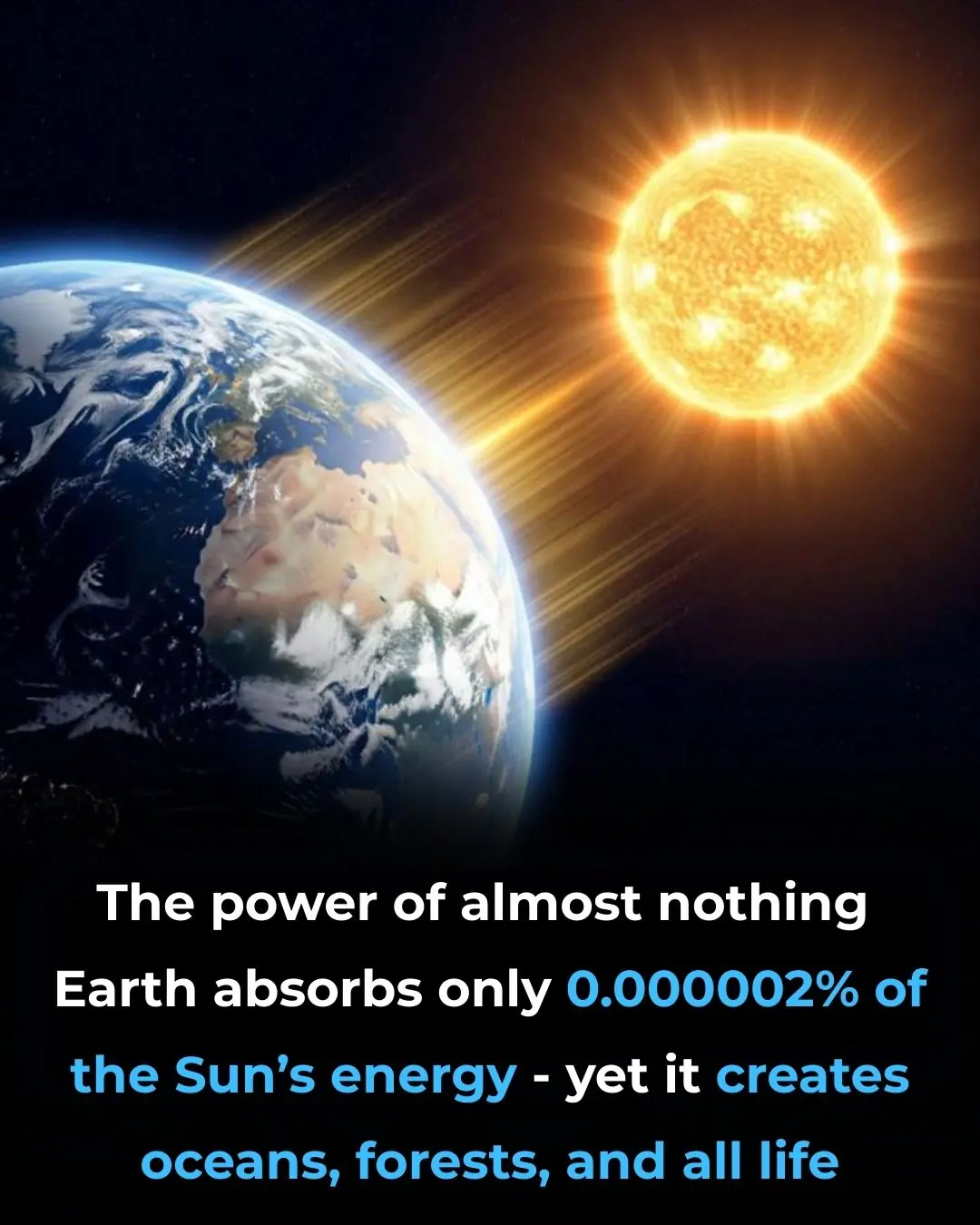
Equal Day, Equal Night: The Autumn Equinox Arrives
The autumn equinox marks one of nature’s most precise astronomical events, occurring when day and night achieve perfect balance across the globe. This celestial phenomenon, happening around September 22nd each year, signals the official transition from summer to fall in the Northern Hemisphere and represents a moment of astronomical equilibrium that has captivated humans for millennia.
Understanding the autumn equinox involves more than simply knowing when it occurs. This astronomical event affects everything from seasonal weather patterns to cultural traditions, offering insights into Earth’s orbital mechanics and our planet’s relationship with the sun. Whether you’re a astronomy enthusiast, gardener planning seasonal activities, or someone curious about natural cycles, grasping the science and significance of the equinox enhances our connection to the natural world.
Table of Contents
Understanding the Science Behind the Autumn Equinox
The autumn equinox occurs when the sun crosses the celestial equator, positioning itself directly above Earth’s equator. During this precise moment, the sun’s rays strike the planet at a 90-degree angle to the equator, creating equal periods of daylight and darkness across virtually all locations on Earth.
This astronomical alignment happens because Earth’s axis maintains a consistent 23.5-degree tilt as it orbits the sun. The equinox represents one of two annual points where this axial tilt neither favors the Northern nor Southern Hemisphere in terms of solar exposure. The word “equinox” itself derives from Latin, meaning “equal night,” perfectly describing this balanced light distribution.
Orbital Mechanics and Timing
The autumn equinox doesn’t occur on the same date every year due to Earth’s elliptical orbit and the complexities of our calendar system. While September 22nd represents the average date, the equinox can occur anywhere from September 21st to September 24th. Astronomical calculations determine the precise moment each year, typically occurring within a specific hour and minute.
Earth’s orbital speed varies throughout the year, moving fastest when closest to the sun (perihelion) in early January and slowest at its farthest point (aphelion) in early July. These orbital variations, combined with leap year adjustments, create the slight date fluctuations for equinox timing.
Regional Variations in Equinox Experience
While the equinox represents global daylight equality in theory, geographical factors create subtle variations in actual sunrise and sunset times. Atmospheric refraction, elevation differences, and latitude position all influence the precise experience of equal day and night.
Atmospheric Effects on Daylight
Earth’s atmosphere bends sunlight through refraction, causing the sun to appear visible slightly before actual sunrise and after actual sunset. This atmospheric lensing effect means most locations experience approximately 12 hours and 8 minutes of daylight during the equinox, rather than exactly 12 hours.
Locations closer to the equator experience minimal variation from the theoretical 12-hour balance, while regions at higher latitudes may see more noticeable differences. The exact timing also depends on how sunrise and sunset are defined—whether measuring the first appearance of the sun’s disk or when the sun’s center crosses the horizon.
Elevation and Geographic Considerations
Mountain locations and elevated terrain experience slightly different equinox conditions compared to sea-level areas. Higher elevations see sunrise earlier and sunset later due to their extended horizon views, creating marginally longer daylight periods. Conversely, valleys and areas with significant terrain obstacles may experience shortened daylight periods as surrounding landscape blocks early morning or late evening sun.
Cultural and Historical Significance
Throughout human history, the autumn equinox has held profound cultural importance across diverse civilizations. Ancient peoples recognized this astronomical event as a crucial marker for agricultural activities, religious observances, and seasonal preparations.
Ancient Astronomical Observations
Many ancient structures demonstrate sophisticated understanding of equinox timing. Stonehenge, Chichen Itza’s El Castillo pyramid, and numerous other archaeological sites incorporate precise astronomical alignments that highlight equinox positions. These monuments reveal how ancient civilizations used equinox observations for calendar systems and agricultural planning.
The ancient Greeks named this period “Autumn Equinox” and associated it with balance and harmony. Chinese culture celebrates the Mid-Autumn Festival near the equinox, emphasizing family reunions and harvest gratitude. These traditions reflect universal human recognition of the equinox as a time of balance and transition.

Modern Applications and Scientific Research
Contemporary science utilizes equinox observations for various research applications and practical purposes. Meteorologists use equinox timing to mark official seasonal transitions, while climatologists study long-term equinox variations as indicators of climate change effects on Earth’s orbital characteristics.
Agricultural and Horticultural Planning
Modern farmers and gardeners rely on equinox timing for seasonal planning activities. The autumn equinox signals optimal timing for winter crop planting, harvest completion, and preparation activities in temperate regions. Understanding equinox patterns helps predict frost dates, plan crop rotations, and schedule seasonal garden maintenance.
Daylight duration changes accelerate rapidly after the autumn equinox in Northern Hemisphere locations, making this period crucial for completing outdoor projects and seasonal preparations. The equinox serves as a natural deadline for activities requiring adequate daylight hours.
Astronomical Education and Public Engagement
Planetariums, observatories, and educational institutions use equinox events to teach astronomical concepts and engage public interest in science. The equinox provides an accessible entry point for discussing Earth’s orbital mechanics, seasonal changes, and astronomical phenomena.
Many communities organize equinox observation events, combining scientific education with cultural celebrations. These gatherings help maintain connections between modern life and natural cycles that have guided human activities for thousands of years.
Practical Equinox Observations
Observing the autumn equinox requires no special equipment, making it accessible to anyone interested in astronomical events. Simple techniques can help you experience and document this celestial occurrence.
Shadow Measurement Techniques
One effective method involves tracking shadow lengths throughout the equinox day. Place a straight vertical stick or pole in an open area and measure its shadow length at regular intervals. During the equinox, shadows cast by vertical objects at solar noon will point directly north (in the Northern Hemisphere) or south (in the Southern Hemisphere).
Document shadow measurements every hour from sunrise to sunset to observe the symmetric pattern created by the sun’s path. This exercise demonstrates the sun’s precise east-to-west movement and helps visualize the astronomical geometry creating equal day and night.
Sunrise and Sunset Documentation
Photograph or observe sunrise and sunset positions during the equinox period. The sun rises due east and sets due west on equinox days, providing perfect cardinal direction references. Compare these positions with sunrise and sunset locations from other times of the year to appreciate seasonal solar path variations.
Use compass readings or landmark references to document precise sunrise and sunset directions. This observational data helps understand how Earth’s axial tilt creates seasonal variations in solar positioning throughout the year.
Seasonal Transition Preparations
The autumn equinox marks an ideal time for seasonal preparation activities, both for property maintenance and personal adaptation to changing daylight patterns.
Home and Garden Maintenance
Complete outdoor maintenance projects while daylight hours remain adequate. Inspect and clean gutters, winterize outdoor water systems, and perform final lawn maintenance before winter dormancy. The equinox timing provides a natural schedule for these essential seasonal tasks.
Garden preparation includes harvesting remaining summer crops, planting cool-season vegetables, and preparing beds for winter protection. Many perennial plants benefit from autumn division and transplanting, taking advantage of cooler temperatures and consistent moisture before winter.
Adapting to Changing Light Cycles
Prepare for rapidly decreasing daylight by adjusting daily routines and indoor lighting arrangements. Consider installing additional lighting in frequently used areas to compensate for reduced natural illumination. Seasonal Affective Disorder (SAD) preparations may include light therapy planning and vitamin D supplementation discussions with healthcare providers.
The equinox represents an optimal time to establish new routines that accommodate shorter days while maintaining productivity and well-being throughout the autumn and winter months.
Conclusion
The autumn equinox offers a remarkable intersection of astronomical precision, cultural significance, and practical applications that connect us to fundamental Earth-sun relationships. This celestial event provides opportunities for scientific observation, seasonal preparation, and reflection on natural cycles that continue to influence human activities despite our increasingly technological world.
Whether you choose to observe the equinox through shadow measurements, sunrise photography, or simply mindful awareness of equal day and night, participating in this astronomical event strengthens our connection to the cosmic forces that shape our planet’s rhythms. Use this natural marker to prepare for seasonal changes while appreciating the precise astronomical dance that creates our yearly cycle of seasons.
News in the same category


Easy way to activate iPhone secret 'red mode' that users are just discovering

Tweaking these iOS settings can seriously improve your iPhone battery and save users hundreds

Trees Can Warn Us Before Volcanoes Erupt, Scientists Reveal

Why Its So Important Not To Flush The Toilet After Every Trip

What Is the Longest River in the World? Top 5 Longest Rivers

The Monster Waves at Nazare, Portugal

Do Stoned Dolphins Give ‘Puff Puff Pass’ A Whole New Meaning?

Recently Discovered Dinosaur ‘Mummy’ Is So Well-Preserved It Even Has The Skin And Guts Intact

Travel Coast-to-Coast by Train and See America’s Greatest Sites For Just Over $200

Sleepy Polar Bear Portrait Wins the Wildlife Photographer of the Year People’s Choice Award

Harvard Scientist Claims ‘Hostile’ Object Coming at Us Is Advanced ‘Mothership’ and Issues Warning

Lab-Made Butter Created From CO2 Tastes Like The Real Thing, Says Bill Gates

Man’s Refusal to Pay 25% Tip Ignites Debate on Tipping Culture

Universe Shaken: Rare Triple Black Hole Merger Sends Ripples Through Space-Time

The Sun Isn’t Yellow—It’s Pure White

The Sun’s Power: Earth Lives on Just 0.000002%

iPhone users issue warning on what to do if you get the 'caution' icon on your device

PlayStation 6 leak suggests release date could be much sooner than expected
News Post

Apple fans divided as key component is axed from new AirPods Pro 3

Easy way to activate iPhone secret 'red mode' that users are just discovering

Tweaking these iOS settings can seriously improve your iPhone battery and save users hundreds

Trees Can Warn Us Before Volcanoes Erupt, Scientists Reveal

Heatwave of 41°C Causes Sudden Strokes in Healthy People: Doctors Warn of 7 Early Signs to Watch For

The Silent Disease That Easily Leads to Liver Cancer: Many People Have It but Remain Unaware

Is It Safe to Take a Cold Shower After Exercising in the Summer? What Doctors Say About Who Should Avoid It to Prevent Stroke

7 Things Not to Do Before Taking a Shower to Avoid Stroke – 2 Common Mistakes People Often Make

Bitter Taste In Your Mouth Discover Most Common Cause

Silent Symptoms of Anemia You Should Never Ignore

The Impressive Health Benefits of Guava Fruit and Leaves

Molasses 101: Types, Proven Benefits, Uses, and More

5 home appliances that consume more electricity than air conditioners. If you don't unplug them at the end of the month, your bill will skyrocket

What is black vinegar? Nutritional value and uses of black vinegar

How to make fish mint juice that is not fishy, easy to drink, helps slim body, whiten skin

A plant with a distinctive aroma: Both a spice and a 'miracle drug' for health

Take 1 ice cube and drop it into the rice cooker: A great use that every family wants to follow.

How to make banana vinegar with just 4 simple ingredients, you will have a delicious finished product
